The social cognitive network is your brain’s secret weapon for understanding people and emotions. But when it teams up with the amygdala—our ancient “fight-or-flight” alarm—it can shape how we handle social cues, sometimes making things trickier.
KEY POINTS
- The brain’s social cognitive network keeps constant communication with the amygdala, an ancient structure.
- This shows that the amygdala influences the social cognitive network by providing emotional information.
- This research has potential implications for treating psychiatric conditions such as anxiety and depression.
The social part of the brain is in constant contact with the emotional center of the brain, according to scientists at Northwestern University.
The new findings confirm what many have long thought: The brain’s social network, a new neural system evolutionarily speaking, is partly controlled by the amygdala, one of the oldest ancestral brain regions.
How It Works
Understanding the interaction between the amygdala and the social cognitive network is particularly relevant for psychiatric conditions like anxiety and depression, where amygdala hyperactivity can lead to excessive emotional responses and impaired emotional regulation.
Currently, treatments such as deep brain stimulation target these areas, but the precise mechanisms remain unclear.
Insights from this study could inform more effective interventions by elucidating how these brain regions interact to influence social cognition and emotional processing.
The study utilized high-resolution functional magnetic resonance imaging (fMRI) data from the Natural Scenes Dataset (NSD), which allowed the researchers to observe details of the social cognitive network that were previously undetectable with lower-resolution scans.
This advanced imaging enabled the identification of network regions that had been underappreciated in prior research.
Related: The Anxiety Spectrum: 5 Major Types Of Anxiety Disorders And A Common Cause
Navigating a Social Situation
Imagine you’re at a family gathering, and a heated discussion arises between two relatives about a sensitive topic. As you listen, you can see one person’s face flush with anger, while the other’s expression shows discomfort.
You feel tension in the room and instinctively try to diffuse it by changing the subject or suggesting a break.
Now, think about what just happened in your brain. You weren’t just reacting to the visible cues like tone of voice or body language. You were also trying to infer what each person was thinking and feeling: Is one person hurt or just frustrated? Is the other feeling attacked or misunderstood?
This ability to “read the room” and adjust your behavior accordingly is an example of social cognition at work.
Behind the scenes, your brain’s social cognitive network was processing these subtle signals and combining them with emotional data from your amygdala.
When you noticed the anger or discomfort, your amygdala likely flagged those emotions as significant, prompting your social cognitive network to focus on them.
This interplay allowed you to interpret the emotions and thoughts of others, even without them explicitly stating what was on their minds.
Why It Matters
This scenario helps illustrate how the amygdala and the social cognitive network collaborate. The amygdala acts like an emotional antenna, picking up on high-stakes signals—like anger or discomfort—and alerting the brain to pay attention.
Meanwhile, the social cognitive network helps you piece together what those signals mean in a broader social context, enabling you to act in a way that maintains harmony.
Studies of social cognition like this one that focus specifically on our capacity to infer others’ thoughts and feelings, could have implications for treating psychiatric conditions such as anxiety and depression.
The social cognitive network, a recently evolved region of the human brain responsible for complex social interactions, maintains constant communication with the amygdala, an ancient brain structure traditionally associated with threat detection and fear processing.
This is important because the amygdala plays a crucial role in social behaviors, including parenting, mating, aggression, and navigating social hierarchies.
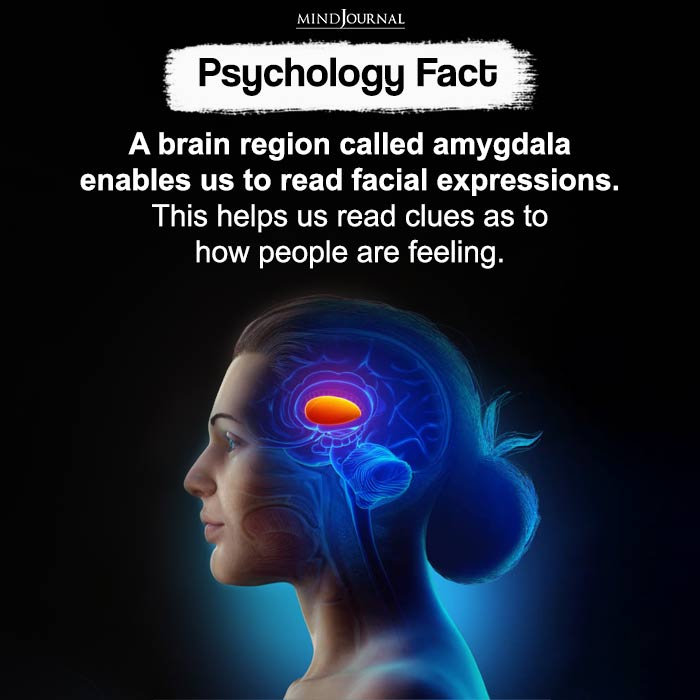
The amygdala is specifically connected to regions of the social cognitive network involved in contemplating others’ mental states.
This connection suggests that the amygdala influences the social cognitive network by providing access to emotionally significant information.
Understanding these brain functions can clarify why some individuals struggle in similar scenarios.
Someone with an overactive amygdala, for example, may feel overwhelmed by the tension and freeze up, while someone with a weakened connection between the amygdala and the social cognitive network might misinterpret the emotions altogether.
Research like this sheds light on these mechanisms, paving the way for better interventions to support individuals facing challenges in social or emotional processing.
Related: React and Respond: What Is The Difference?
Conclusion
In sum, this research highlights the continuous communication between the amygdala and the social cognitive network, shedding light on the neural basis of our ability to understand and interpret others’ mental states.
These findings not only enhance our comprehension of human social cognition but also offer potential pathways for developing targeted treatments for psychiatric disorders characterized by social and emotional processing deficits.
© Kevin Bennett, Ph.D., 2024.
For more, check out Dr. Bennett’s TikTok @KevinBennettPhD and his podcast on danger, deception, and desire kevinbennettissnarling.buzzsprout.com
References:
Edmonds, D., Salvo, J.J., Anderson, N., Lakshman, M., Yang, Q., Kay, K., Zelano, C., Braga, R.M. (2024). The human social cognitive network contains multiple regions within the amygdala. Science Advances, 10 (47). DOI: 10.1126/sciadv.adp0453
Bennett, K. (2019). The savanna hypothesis and landscape preferences. In Shackelford, T.K., & Weekes‐Shackelford, V.A. (Eds.), Encyclopedia of Evolutionary Psychological Science. Springer, Cham. https://doi.org/10.1007/978-3-319-16999-6_3726-1
Written By Kevin Bennett Ph.D.
Originally Appeared On Psychology Today
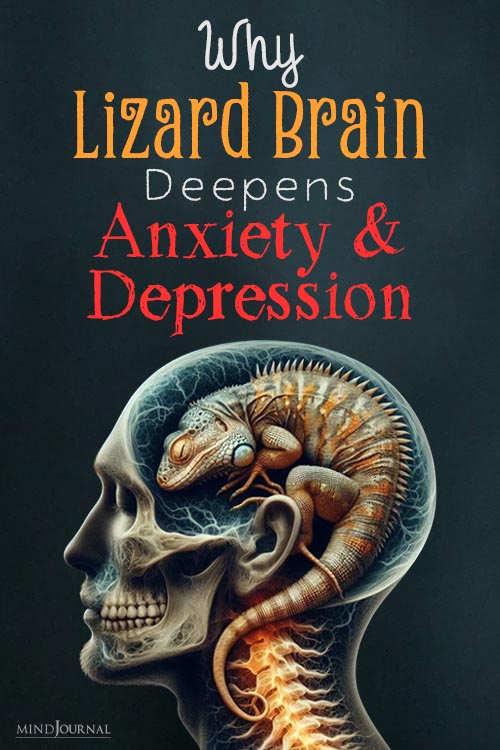
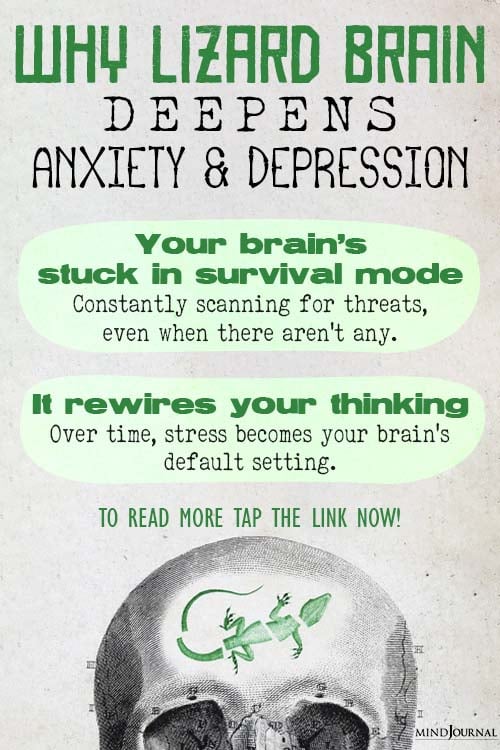

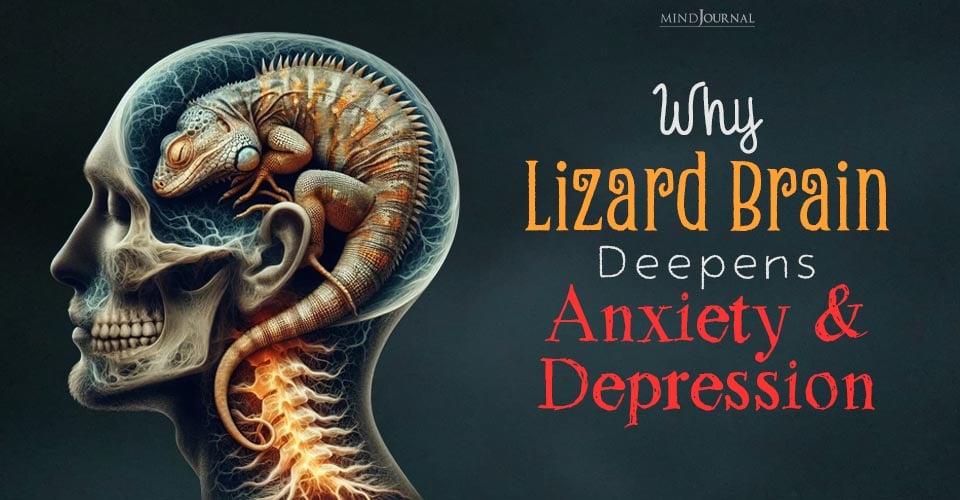





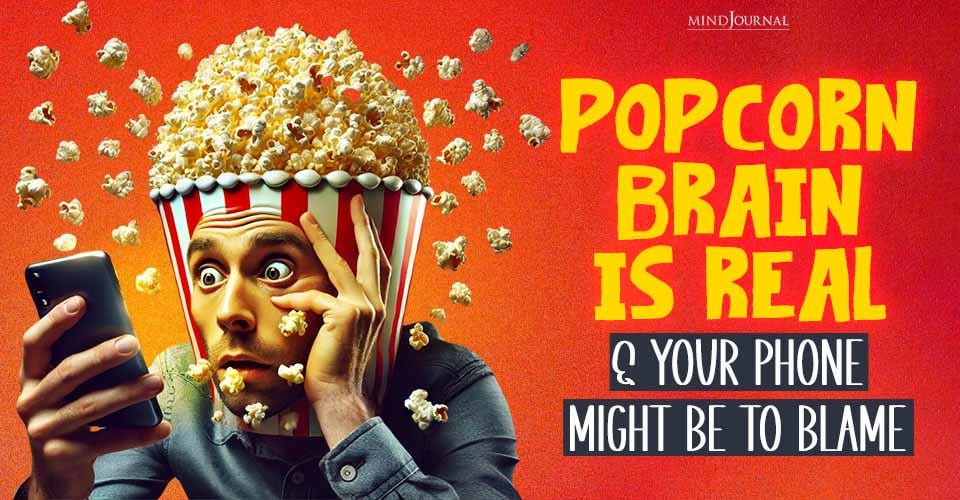
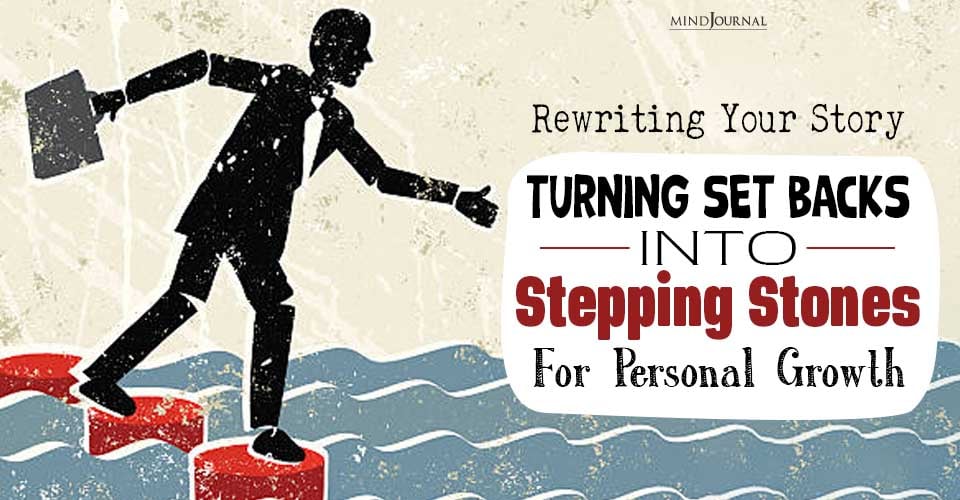
Leave a Reply